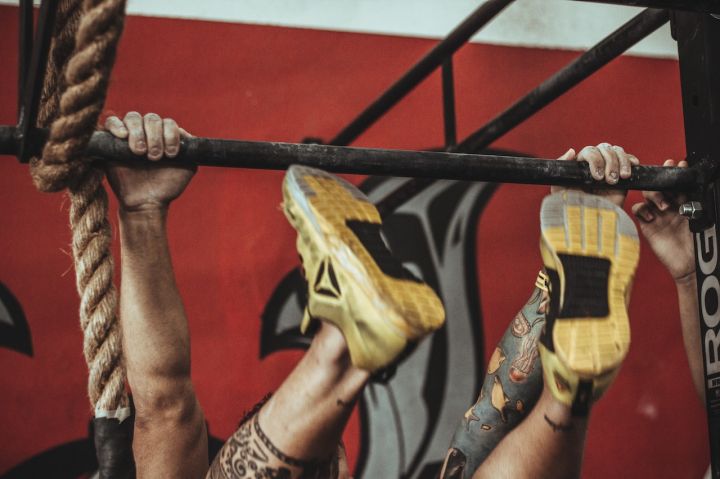Many people worry that if they don't work out for a few days, their muscles may get smaller, fatter and weaker. This mindset is most common among people who have just started working out or are less muscular, usually because they are worried about losing the shape they have. What happens when muscle loss increases after you stop training? But as they train longer and longer, they will find that not only is muscle less likely to be lost than they thought, but it is easier to retrieve the lost muscle.

If you have also experienced recovery training after stopping training, then you have more or less experienced this too. All this is related to a phenomenon called "Muscle memory". Today, we will explain what muscle memory is and how it can help you recover your muscles.
I. What is muscle memory?

Muscle memory describes a phenomenon in which muscle fibres re-grow in circumference and strength much faster than when they first grew.
For example, it is normal for intermediate or advanced exercisers to gain a few kilograms of muscle each year and the rate will be so slow as to be almost imperceptible. If they stop practising for a period of time, it may only take a month or two to grow back if they lose 5kg of muscle.
You can think of muscle memory as a lifelong reward for effort; once you've done it once, it's much easier to do it again.
Secondly, how can muscle memory help you regain muscle fast?

Muscle cells are unique in that they contain many nuclei called muscle cell nuclei, which carry the deoxyribonucleic acid that coordinates the structure of new muscle proteins.
The nucleus is responsible for increasing or decreasing the production of various cellular chemicals and activities, regulating cell replication and repair, and starting and stopping other important functions. You can think of the nucleus as its brain, however, this brain can only process so much information. Because muscle cells have many 'brains', they can grow larger than other cells in the body.

Each myonucleus can only manage so many cells, a number known as the myonuclear domain, and in order to continue to grow larger, muscle cells must add more myonuclei. However, muscle cells cannot produce myonuclei and must be derived from another type of cell called a stem cell. Stem cells are a special type of cell that can develop into many different types of cells in the body.
There are many different types of stem cells in the body, but the stem cells involved in muscle growth are called satellite cells and these cells lurk near muscle cells and are recruited as needed to help heal and repair damaged muscle fibres.

Once recruited, satellite cells attach themselves to damaged muscle cells and donate their nuclei, which not only helps with repair but also increases the likelihood that they will increase in size. This is a basic adaptation to physical resistance training, which explains why you need to gradually overload to keep increasing your muscle strength.
The more you train, the more muscle cells accumulate nuclei, which makes them more resistant to muscle damage, which means you have to train harder to stimulate more satellite cell recruitment.

The principle of muscle memory is that once a satellite cell has 'donated' its muscle nucleus to a muscle cell, it will stay there forever. Although scientists are still unsure how long the nucleus will remain in the muscle cell, it is estimated that most of the evidence to date supports permanent retention, from a few months to permanence.
However, it is important to remember that the activation of satellite cells is only one mechanism for promoting muscle growth. Muscle fibres can grow up to a certain point before additional nuclei are needed. But once this limit is reached, the only way to maintain growth is to increase the number of myonuclei.

